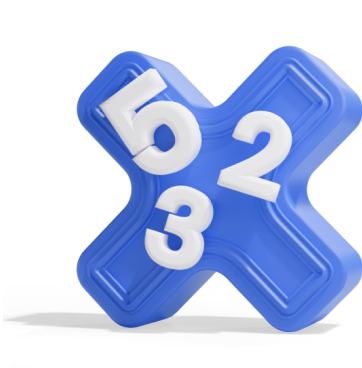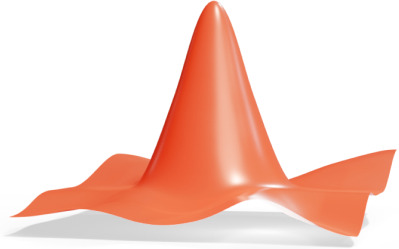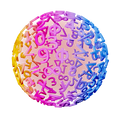GeoGebra
You can use GeoGebra to find the area under the graph of a function. Below are two different methods for this.
Note! In GeoGebra instruction 1, you’ll always get the correct area under the graph, but the area you actually see in the Graphics View may not look like the area under the graph. This is because the part of the function that was supposed to be under the -axis, is instead reflected by the -axis using the abs(x) function in Algebra View. We’ll look at how to hide the drawn area in that instruction as well.
GeoGebra Instruction 1
- 1.
- Open
Algebra ViewunderViewinMenu. - 2.
- First, save your expression. Type
f(x) = the expressioninAlgebra View. - 3.
- Type
Integral(<Function>, <Start x-Value>, <End x-Value>)
Fill in
abs(f(x))as<Function>, the lowest -value you want to include in the area as<Start x-Value>and the highest -value as<End x-Value>. PressEnter. - 4.
- If you want to hide the drawn area, click the orange dot to the left of the command text.

GeoGebra Instruction 2
- 1.
- Open
Algebra ViewandGraphics ViewunderViewinMenu. - 2.
- First, save your expression. Type
f(x) = the expressioninAlgebra View. - 3.
- Select
Function Inspectorin
Toolbar, and then click the graph. - 4.
- A window will show up where you can insert the lower endpoint of the integration interval in the left box, and the upper endpoint of the integration interval in the right box. Press
Enter. Now the area is displayed.





















